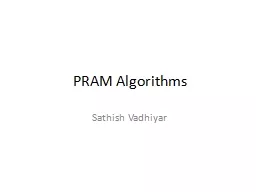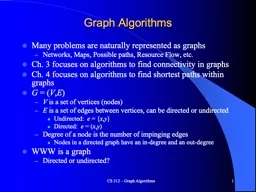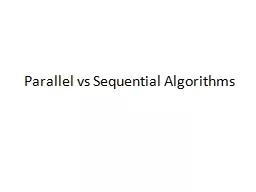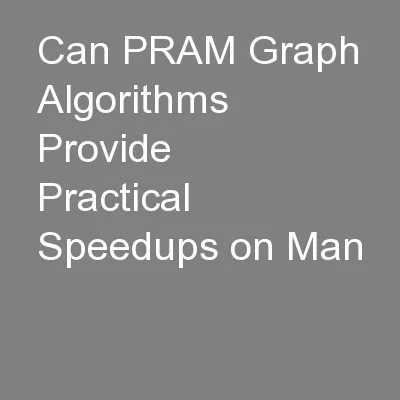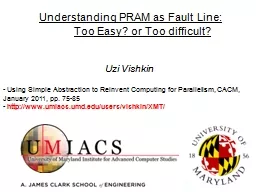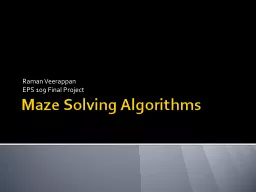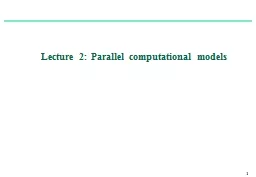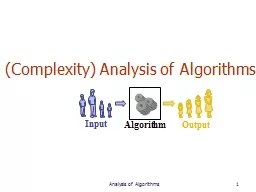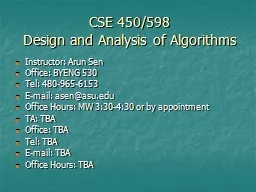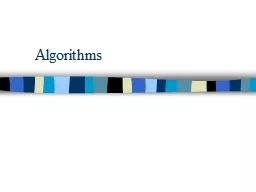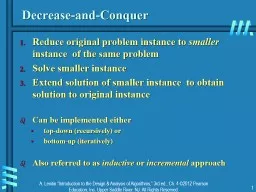PPT-PRAM Algorithms
Author : debby-jeon | Published Date : 2018-01-02
Sathish Vadhiyar PRAM Model Introduction Parallel Random Access Machine Allows parallelalgorithm designers to treat processing power as unlimited Ignores complexity
Presentation Embed Code
Download Presentation
Download Presentation The PPT/PDF document "PRAM Algorithms" is the property of its rightful owner. Permission is granted to download and print the materials on this website for personal, non-commercial use only, and to display it on your personal computer provided you do not modify the materials and that you retain all copyright notices contained in the materials. By downloading content from our website, you accept the terms of this agreement.
PRAM Algorithms: Transcript
Download Rules Of Document
"PRAM Algorithms"The content belongs to its owner. You may download and print it for personal use, without modification, and keep all copyright notices. By downloading, you agree to these terms.
Related Documents

